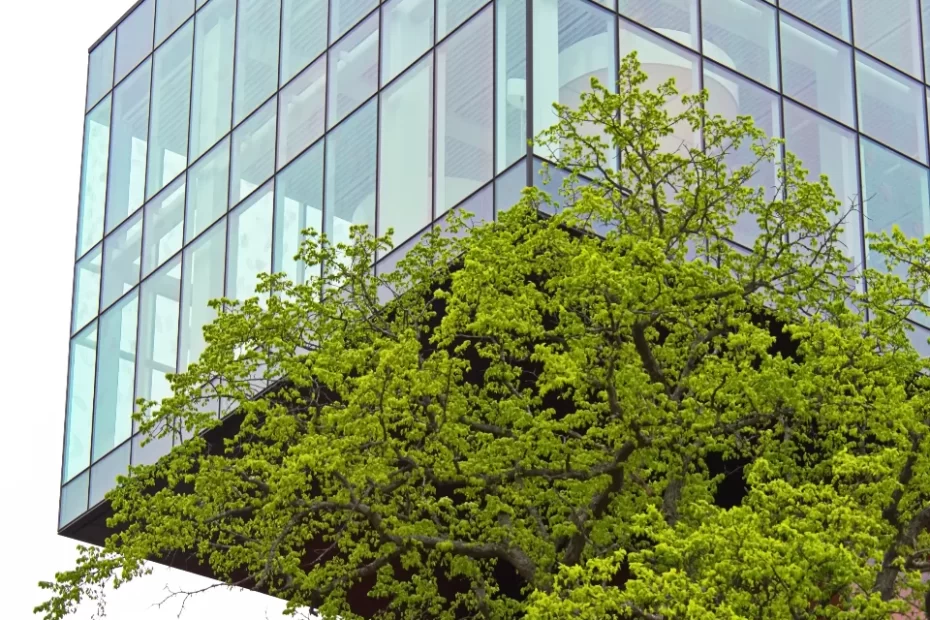Introduction
Architects have been making leaps and bounds in shaping our environments to be more sustainable havens. In the ever-evolving landscape of architecture, this change is welcoming a future of greener and more resilient cities. This article delves into the captivating field of sustainable architecture, examining its transformation, imaginative designs, and the significant effect it has on our planet and daily lives.
The Roots of Sustainability
For centuries, architecture has been designed with sustainability in mind. Many ancient civilizations had built structures that used the environment around them, incorporated materials from their local area, maximized natural light, and improved air circulation. Now, as cities have grown rapidly and the environment has become increasingly damaged, architects are finding new ways to practice sustainability with the use of advanced technologies and materials.
Innovative Design Concepts
Sustainable architecture is based upon the concept of utilizing renewable energy sources to power buildings and decrease reliance on non-renewable materials. Solar power panels, wind turbines, and geothermal systems are often added to designs in order to take advantage of nature’s energy. By adding green roofs and walls, the urban heat island effect is reduced as the flora absorbs carbon dioxide and releases oxygen. Additionally, architects are now utilizing innovative designs such as vertical forests to bring nature into cities. These greener spaces not only give cities more beauty but they also help raise biodiversity levels and improve the air quality.
Materials and Construction Techniques
In sustainable architecture, the selection of materials is very important. As a result, architects are using more recycled and environment-friendly options like reclaimed wood, bamboo, recycled steel, and glass. Using these materials lessens the need for fresh resources while decreasing waste, which in turn supports the development of a circular economy in the building sector. Plus, breakthroughs in construction methods have caused the development of prefabricated and modular buildings. Not only are these types of structures cost-effective. But they also reduce the time of construction and limit the quantity of waste. Prefabricated elements are precisely designed, leading to the effective use of materials and energy. All of which assist in the campaign for sustainability.
Impact on Society and Environment
The notion of sustainable architecture goes beyond simply constructing aesthetically pleasing buildings. Its effects reach out to both society and the environment. The energy-efficiency of such structures reduces the utility costs of their occupants and thus boosts the quality of life. Through the utilization of natural light and ventilation, occupants experience healthier and more comfortable living and working conditions. Moreover, sustainable architecture markedly lessens the carbon footprint of buildings. The employment of renewable sources and the minimization of energy usage facilitate the fight against global climate change. Secondly, green areas and parks in urban settings can improve mental health, encourage physical activity, and build stronger community ties.
Conclusion
Architects, emboldened with creative visions rooted in a commitment to sustainability, are pioneering new advancements in the field of architecture. These solutions give us hope in the face of advancing environmental issues. Therefore, allowing humans to come together in unity with our natural environment. As these eco-friendly designs become commonplace, we pave the way for a future characterized by flourishing cities that are capable of withstanding the test of time. All while maintaining a positive ecological footprint for the generations to come.
More on INJ Architects:
Crafting Spaces that Inspire: Architecture and Interior Design

Comments are closed.